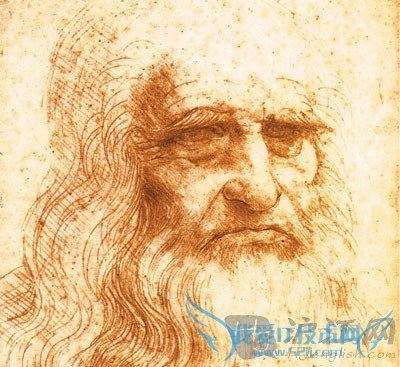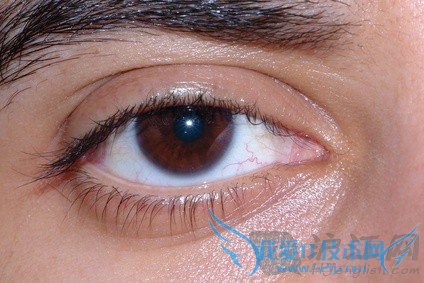欢迎您访问52ij英汉互译网,今天小编为你分享的英语知识是:【隐形眼镜的年龄都已经比我大?】,下面是详细的分享!
隐形眼镜的年龄都已经比我大?

The Idea from Leonardo da Vinci 来自达·芬奇的启示

隐形眼镜的设计最早可以追溯到达·芬奇。在一份1509年的手册中,达·芬奇写道,把头伸进盛满水的半球型玻璃缸向外看,发现原本看不清的物体变得清晰了。受这一原理的启发,人们想出了各种办法。有人提议可以将充满水的软管直接附着于眼球表面,但是这一方面有个大难题:无法眨眼。
The design of the contact lens can be traced back to Leonardo da Vinci who, with a bowl of water, kicked off the whole cringe-worthy history. In a manual published in 1509, da Vinci noted that when you stick your face in water, you see things differently. He wasn't really talking about correcting vision at this point, but manipulating the cornea's power is the idea behind the contact lens at its most basic.
From there, it was a natural progression to assume that a tube filled with water smacked directly against the eyeball would do something cool.The problem: Right on top of the eye meant no blinking allowed. [/cn]Other proposals included tubes held snug to the eyelids with a headband and capsules filled with "animal jelly." None were viable. None saw real-world testing.
以上图片摘自top10rankings。

Contact Lens' Problems 隐形眼镜的难题

而这种情况直到1888年有所改变。德国眼科专家Adolph Fick将玻璃镜片制成大于角膜的角巩型镜片,用于矫正视力。这一设计的确有几分成效,它在兔子上的测试进展得很顺利。与此同时,德国的医科学生August Muller也在对自己的镜片进行着实验,实际上他是想要提升自己的视力。但是在眼镜戴上半小时以后,就产生了剧烈的疼痛。在随后的短期修正后,他的近视的确得到了改善。当时的隐形眼镜有两个难题:第一,镜片过大。它们比今天的隐形眼镜大很多。它们几乎覆盖了整个眼白。第二个难题更加严峻,玻璃并不是适当的隐形眼镜的材料。眼镜需要呼吸。我们身体中的氧气是通过血红细胞来传输的,而角膜却是直接从空气中汲取氧气。
That changed in 1888 when German ophthalmologist Adolph Fick started forcing fitted blown-glass shells into the eyes of bunnies, the tech's first live test subjects.Fick's design was aimed at helping patients with Keratoconus, a problem that renders the cornea cone-shaped. The glass shells were meant to push the eye flatter, not to improve, say, near sightedness.It actually sort of worked. With the rabbit testing going well, Fick took the experiment to his own peepers before trying it out on a few other human test subjects.
At the same time, German medical student August Muller was experimenting with glass discs aimed at improving vision-his own, actually. His 1889 thesis recounts that although he could get the lenses fit on his eyes, violent pain kicked in about a half an hour after insertion. But with the short-lived fix, his myopia improved.
Two things to keep in mind about these early glass models: First, the lenses were huge. They were not the small, light things we have today. Instead imagine big glass sheets—blanketing even the whites of the eyes. The shape exacerbated problem number two. Glass was the wrong material. Eyes need to breathe. Where every other tissue in the body is delivered oxygen via red blood cells, the cornea sucks in oxygen directly from the atmosphere. Glass is impermeable to oxygen. If the oxygen doesn't get to the eye, the cornea starts to swell," explains a professor of optometry.
以上图片摘自livestrong。
- 评论列表(网友评论仅供网友表达个人看法,并不表明本站同意其观点或证实其描述)
-
